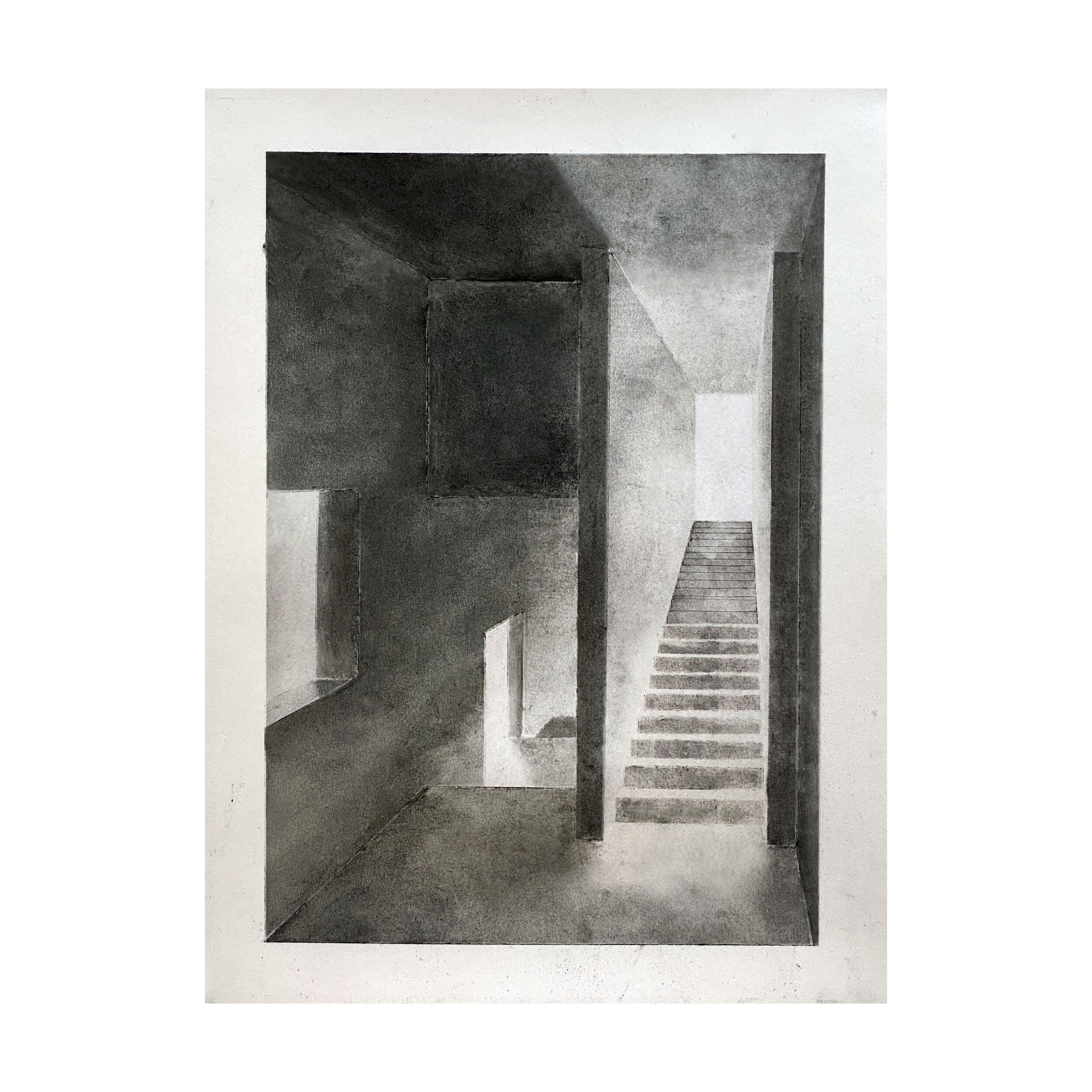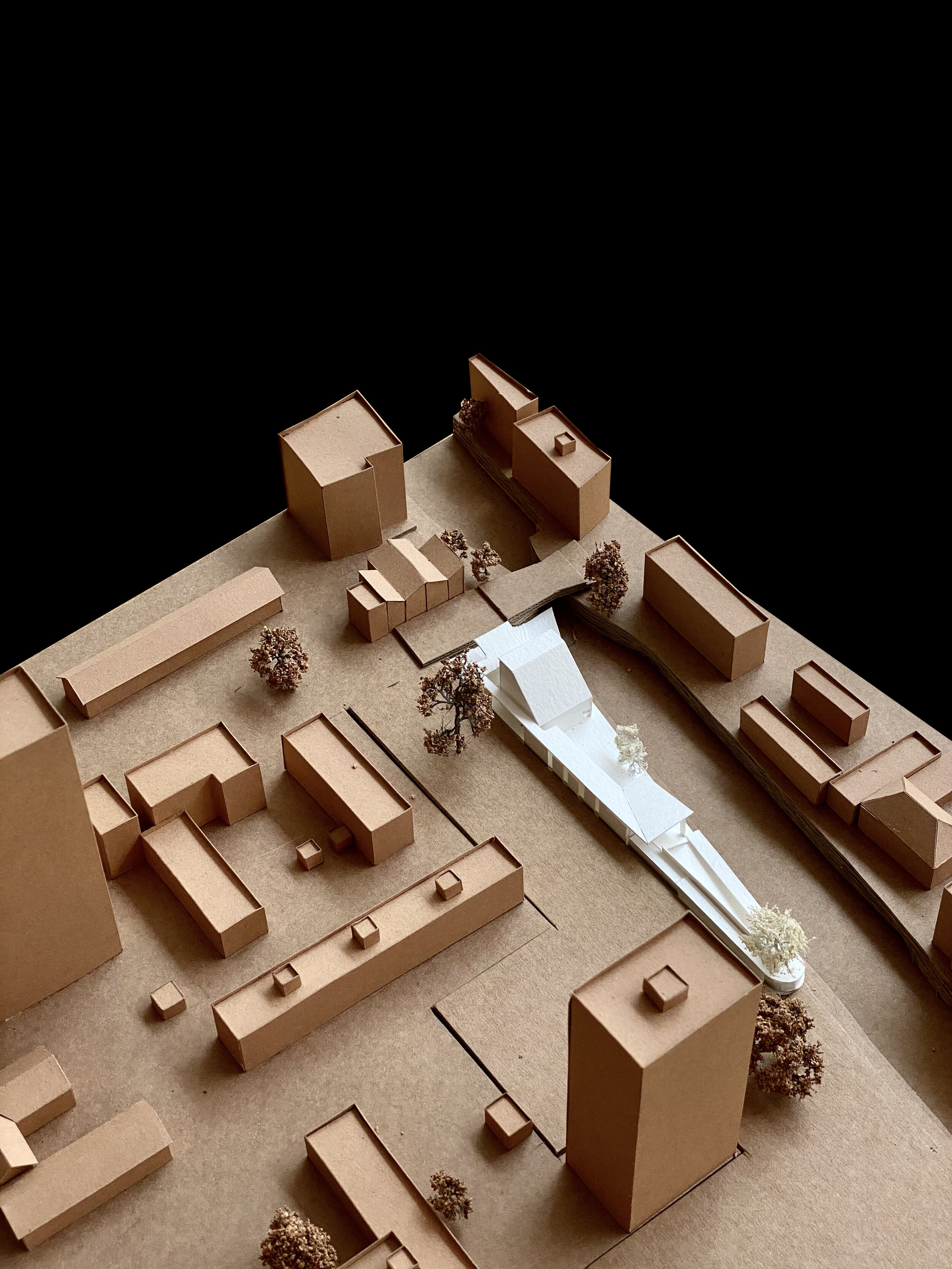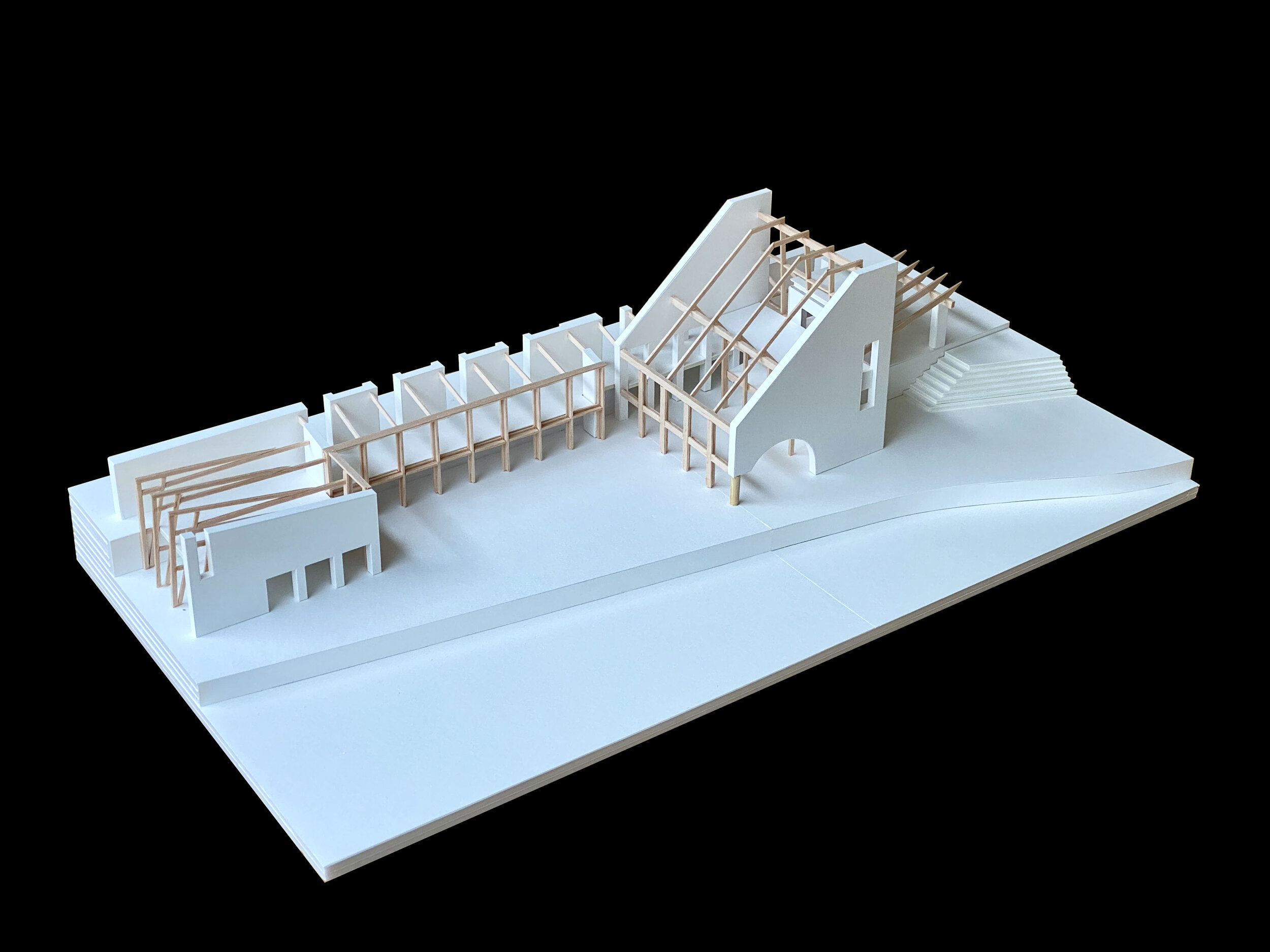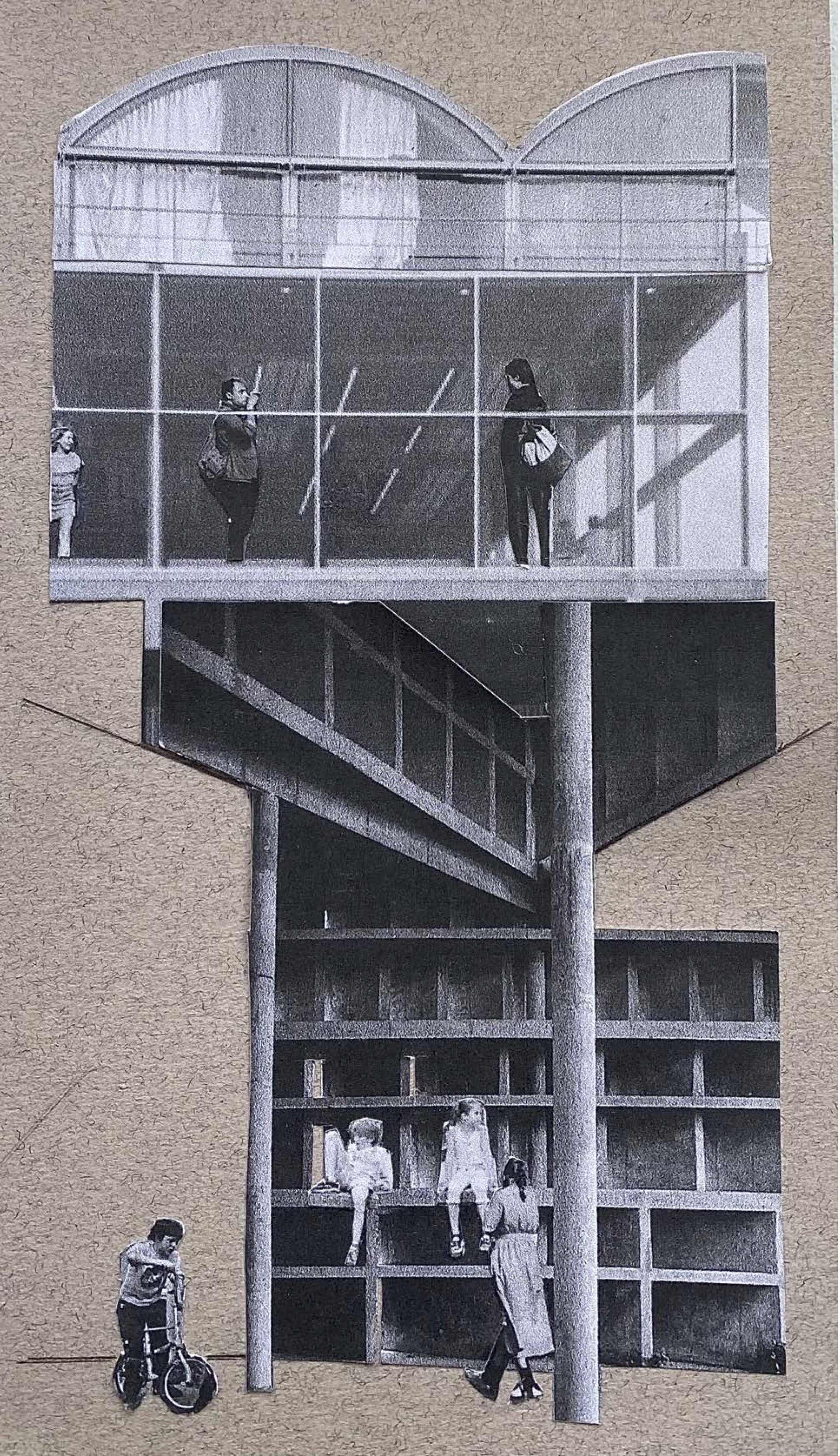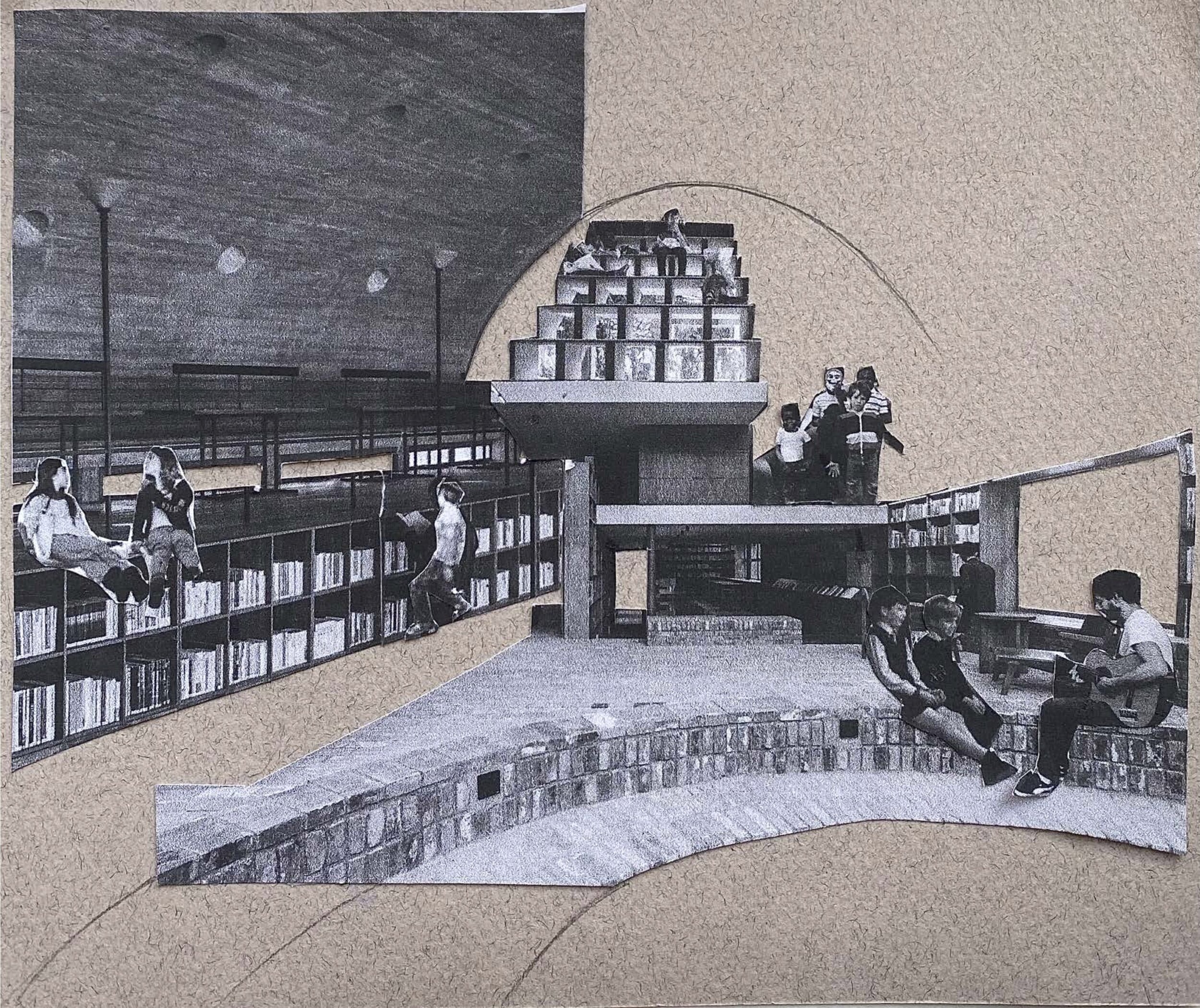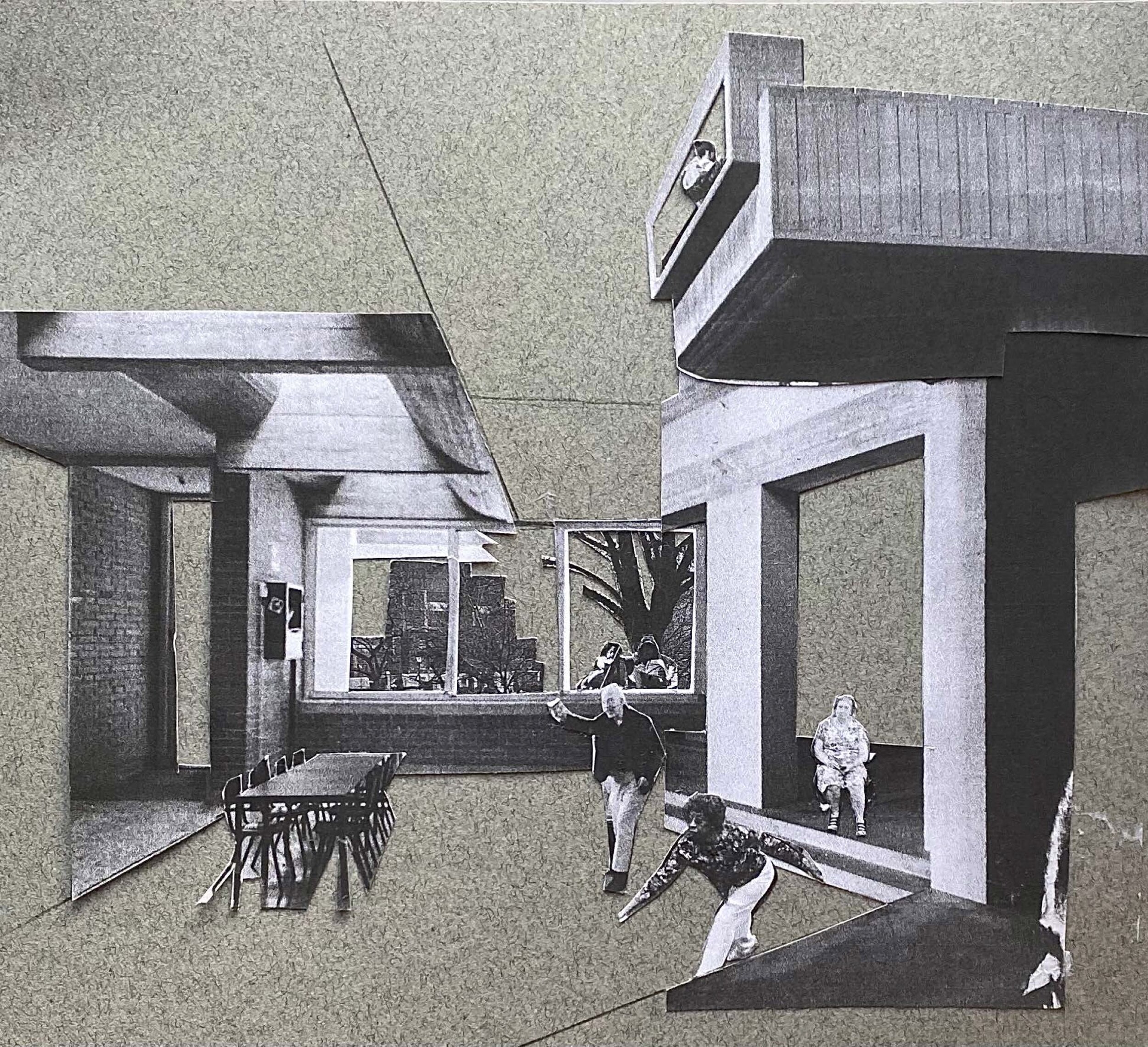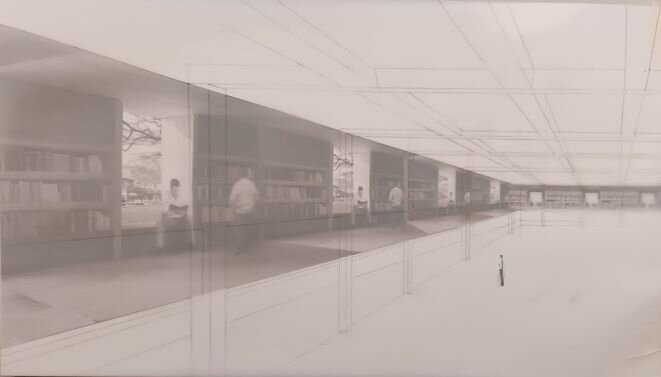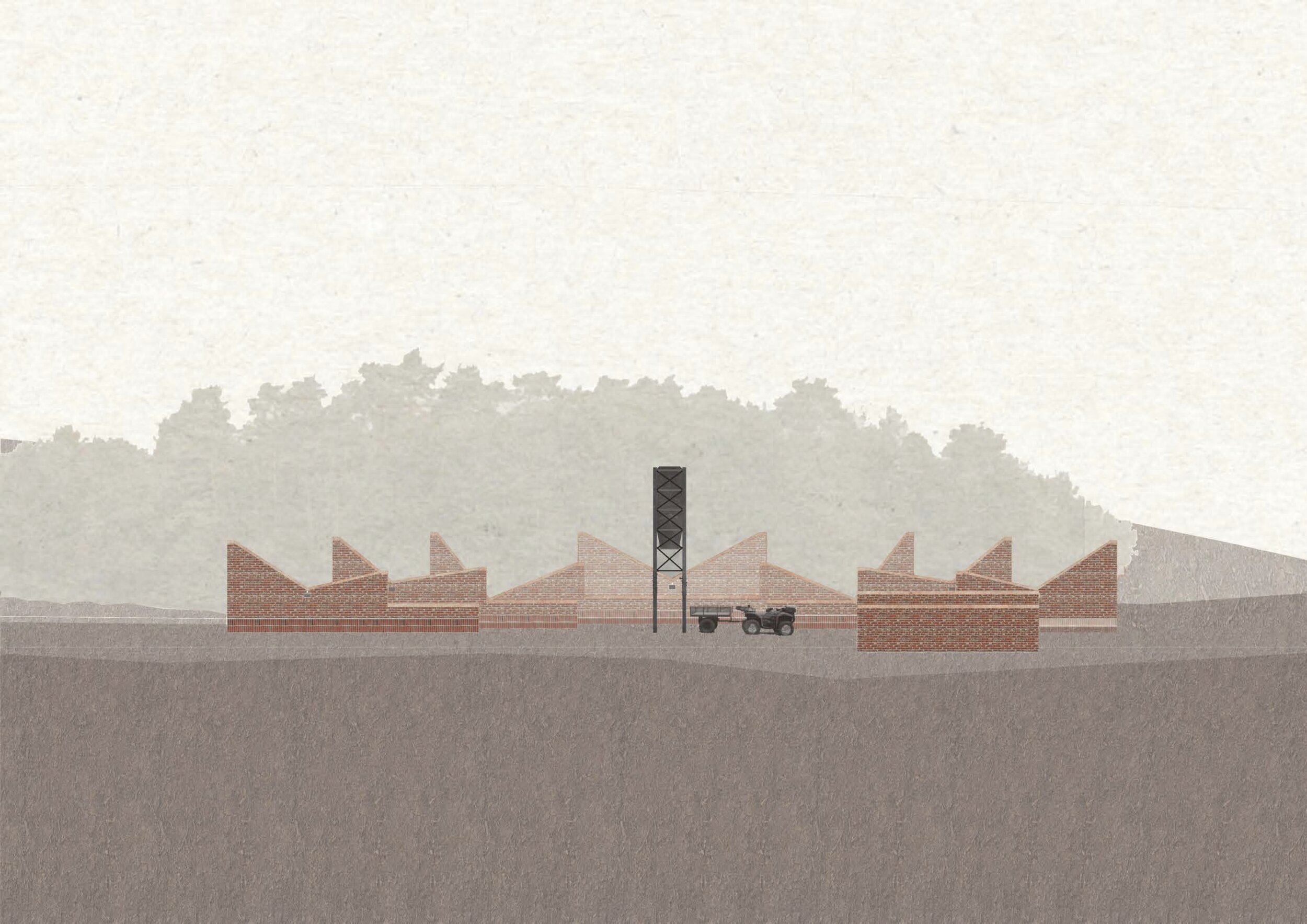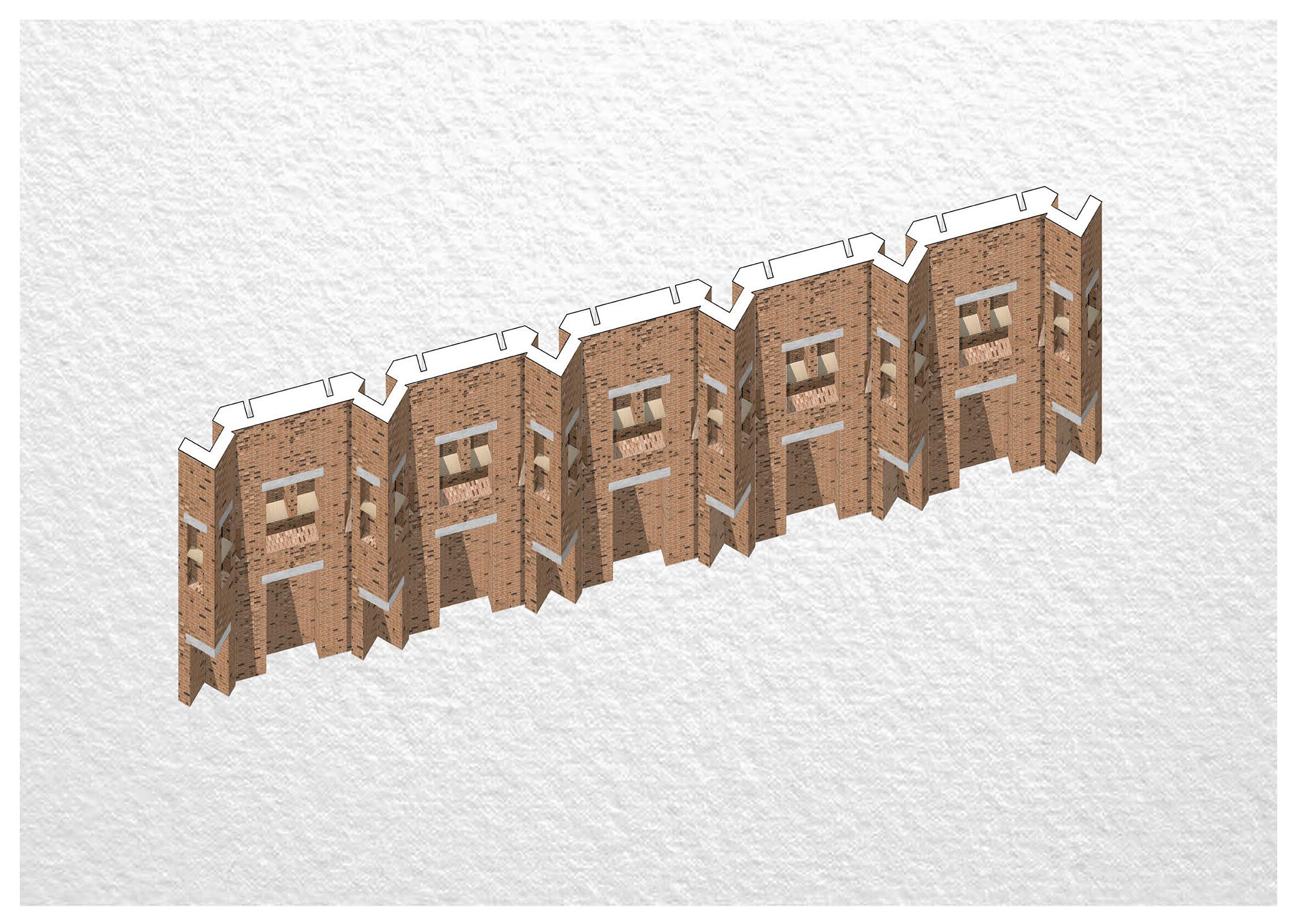
Unit 2
Embodied Memory
Henley Halebrown; Simon Henley, Lucy Norfield & colleagues
Contemporary arguments for reconstruction and adaptation are largely environmental and revolve around “embodied carbon”. The question we ask is, why are we throwing away all that energy bound up in a building’s fabric? We are familiar with the term “embodied carbon” that is the energy bound up in a thing, the making of a thing, in its extraction, manufacture, marketing, transportation and construction. Things that exist, and things that have yet to be conceived and made. This is unquestionably a pressing issue but there is also the need to consider what we might call embodied memory.
Recently in London the battle to save Marks and Spencer’s flagship store on Oxford Street prompted our practice to question the impact of demolition on a place, in this case Oxford Street. Each and every building forms a part of a multitude of urban or rural scenes. Each demolition and replacement changes the city, changes the view, changes the light, changes air movement and wind patterns, changes activity, displaces people and communities and erases memories. Memory is embodied in the buildings and places, that the people and communities that live and work there use. A building constitutes a part in this complex amalgam. These social and historical, personal and cultural, ways of life, accumulate to become our collective memory of a place. We want to set out to understand how we might recognise, record and observe this phenomenon.
We are going to research the idea of “embodied memory” in the context of the physical city, the building itself and the communities that use these buildings and live in these cities. We will organise the year in 4 parts:
“Embodied memory” – through collage using contemporary and archival photography, maps and drawings to illustrate the idea.
Research, Record, Survey, & Analysis – building as site
Methodologies of Adaptation & Reconstruction – each research a reference project to understand the cultural context and expectations, the motivation of the architect, their methodologies and the realisation of the work.
Intervention – proposal for Public Building for the Arts – museum or gallery, cinema, performance, foyers, cafes, workshops, and administrative spaces
We will make a field trip to Munich to visit Hans Döllgast’s reconstruction of the Alte Pinakothek and other works.
The ambition of the unit this year is to expand and enrich the debate about adaptation and reuse, to reach beyond the immediate morality of sustainability to the broader cultural ethics and aesthetic that might motivate and underpin this timeless dimension of the built environment given a new urgency by the climate emergency. We seek to understand what we might mean, what we might come to define as embodied memory as a pictorial, material, spatial and social idea.
Students
Alan Charevicius, Rify Hossain, Humaira Keshtmand, Dominique Prince, Sepideh Davodipad, Jo-Yun Ho
